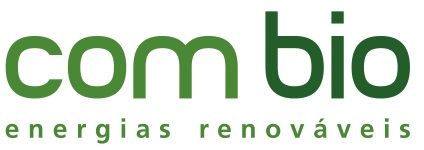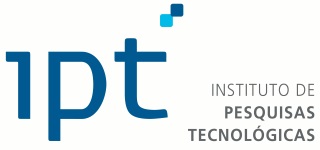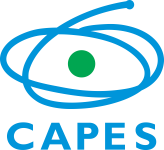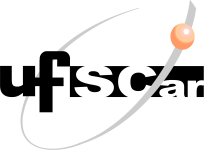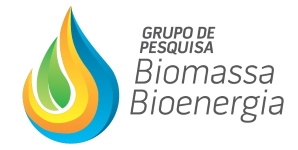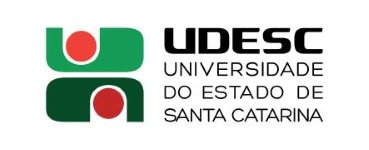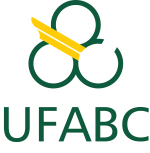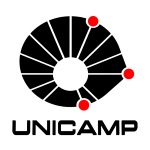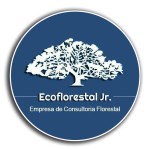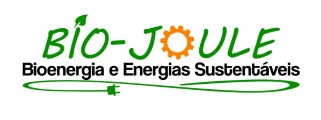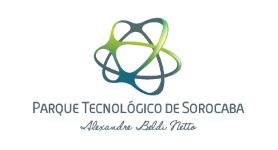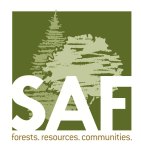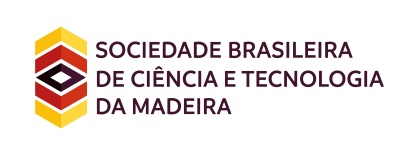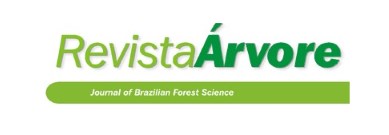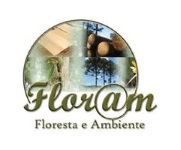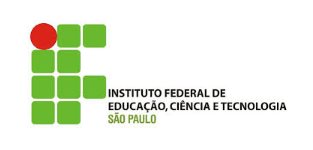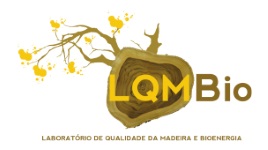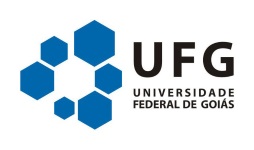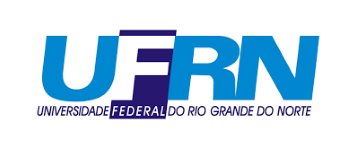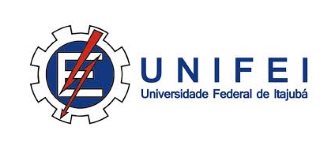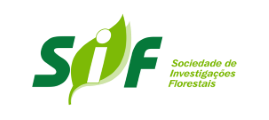MICROALGAE GROWTH USING CHEESE WHEY AS A SUBSTRATE
01 - Algae
 1 AMANDA SILVA RESENDE, 2 ALEX PEREIRA SILVA , 2 ENIO NAZARÉ DE OLIVEIRA JUNIOR
1 AMANDA SILVA RESENDE, 2 ALEX PEREIRA SILVA , 2 ENIO NAZARÉ DE OLIVEIRA JUNIOR
1 UNIVERSIDADE FEDERAL DE SÃO JOÃO DEL-REI
2 UNIVERSIDADE FEDERAL DE SÃO JOÃO DEL REI
Microalgae have been widely used as raw material in many processes due to a range of products resultants from its metabolism and the need to find substitutes to the usual biomass sources. The microalgae growth has advantages which make it a potential solution to energy and environmental problems. The applicatin of these microorganisms in effluent treatament process has been used once is possible to associate the production of microalgae biomass to effluent contaminants removal. Many species of microalgae are able to grow well in wastewater because they can be cultivated under mixotrophic conditions. Mixotrophy is a trophic culture method in which microalgae can drive both photoautotrophy and heterotrophy utilizing both inorganic and organic carbon (C) sources that provide higher biomass and lipid productivities than cultivation under photoautotrophic conditions. The aim of this study was to investigate the effect of organic carbon source, the cheese whey, industrial dairy waste, on the growth of Chlorella Sorokiniana and Chlorella Vulgaris. The microalgae cultivation was made in economic photobioreactors using transparent PET bottles with a fluorescent lamp at a luminosity of 3,2 Klux at an ambient temperature. Firstly, the inoculum was growth in a culture medium until the stationary phase, in 13-day, then, it was possible to infer the biomass by the optical density measured in a spectrophotometer at 600 nm, resulting in 1,083 AU to Chlorella Sorokiniana and 0,805 AU to Chlorella Vulgaris, After 13-day culture, was added 25% (v/v) of cheese whey in inoculum, then the both species returned to the log phase and they were cultivated for more 17 days until reached the stationary phase, so, the optical density was read again at 600 nm and the results showed 2,301 AU to Chlorella Sorokiniana and 2,421 AU to Chlorella Vulgaris. Therefore, it was possible to conclude that both microalgae species grow in the presence of cheese whey. It is known that despite the enormous potential of microalgae, there are still technological limitations that increase the cost of large-scale production of algal biomass, making these products and processes uncompetitive in the market. Thus, the cheese whey, industrial dairy waste, is a low-cost alternative culture medium, besides that the culture of microalgae in industrial dairy waste improves the final quality of effluent, then, it will be economic and the environmental advantageous.
Keywords: microalgae; biomass; cheese whey
Acknowledgments: This work acknowledges the Universidade Federal de São João del Rei Campus Alto Paraopeba.
